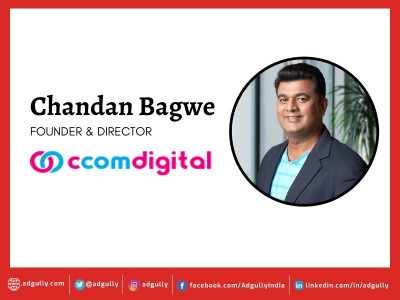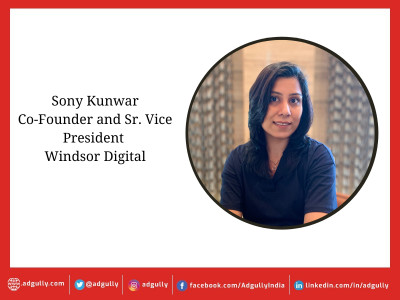Challenges faced by marketers in the healthcare sector
Authored by Sudip Chhatui, VP - Business and Operation, Curofy.
Marketing trends in Health Care are evolving at a rapid rate to be in sync with the new age trends that come with the advent of technology in the sphere. The focus has shifted to Returns against Investment rather than grandeur and visual appeal. Effectiveness is the key factor. Resource uses are planned meticulously as costs have escalated.
Marketers today are hustlers. The job profile is not limited to just reaching customers (read doctors) but also encompasses factors like retention, growth, K-factor and so on. The description of health care marketers today would include growth hackers and managers. There is a need to create, involve and deliver information and interventions that are customer centric and use scientific strategies to promote health across diverse populations. There are new challenges that need to be faced every day.
Healthcare marketing revolves around the doctor
The industry is evolving at a rapid pace and to keep pace with the rapid changes, you need to adapt and provide relevant solutions at every point. This establishes credibility. The main customer to reach and convert is the Doctor. The Doctor is generally busy and needs a smart and time friendly approach to reach conviction. Nearly 80% of the marketing budget in Health care is generally reserved for doctor reach out.
Health care marketing is B2B or B2C
Marketing today is marginally B2B in approach. A majority of the Doctors are entrepreneurial and are looking to set up an efficient patient reach out by the use of technology and marketing tools. It is important to sync with the needs and time constraints of the individual doctors. Health portals are fast turning into the intermediary service that links the marketer and client together. Penetrating the realm of the busy doctor may not be the story of large numbers, but of great value.
Use of relevant digital content to reach the penultimate customer which is the patient is the hallmark of Health care marketing today. The patients are the end users in the B2C space and any marketing reach should keep in mind their interests. More and more portals are coming up with patient centric User interface that help you find a doctor, a service or even a Pathology laboratory. This deepens the reach of the marketer and will eventually translate into sales.
Set of users are often limited
User set is limited as the number of doctors is limited and valuable. Studies have shown that health care content is one of the most widely searched services online. This requires a relevant, targeted and unique content. Developing content that matches patient searches increases the credibility of the marketing effort. Doctors are looking to increase revenue and brand equity, and the marketing thrust should encompass their needs while sending out communication.
Targets will be different
Marketing is as effective as the ability to track results and drive more referrals and leads to the doctor’s practice. A Healthcare CRM goes a long way in ensuring minimum leakage of leads. Visibility in the community is enhanced while referrals can be tracked as trends to compare with competing service providers. Hence, targets should be qualitative in nature and not quantitative.
The catch is that the patient cannot be looked at in isolation in the B2C segment. The patient interaction drives the doctor involvement. The trick is to capture the patient as a lifetime client. The PLV or the Patient Lifetime Value or the LTV or Life Time Value is a marketing metric in healthcare. It is an invaluable tool that measures customer satisfaction. It is a tool that helps you ascertain how much value the patient will bring to your practice over a period of time.
Healthcare services are sold on the basis of sessions or examinations. The patient’s LTV is hence integral to determining the ROI on marketing initiatives. The cost per lead and the subsequent cost per appointment is incomplete data without the PLV which is the return side, when you calculate the ROI.
LTV connects marketing strategy to financial results. Analytics can help create a targeted marketing plan. And, this in turn helps the doctor manage financials.
Social media and digital marketing can be an useful tool to reach out to patients, and to provide information on new trends. It can help patient base and also ensure that brand equity is created.
Technology aversion
Doctors use the latest technology in their practices but are hesitant in engaging in digital avenues. The learning curve can take away precious time. The call to action would be to provide a user friendly interface that simplifies their work and provides a thrust to marketing efforts.
Technology makes the work of the marketer lighter and can process, store, retrieve and analyse data to create a plan that can be executed flawlessly.















Share
Facebook
YouTube
Tweet
Twitter
LinkedIn